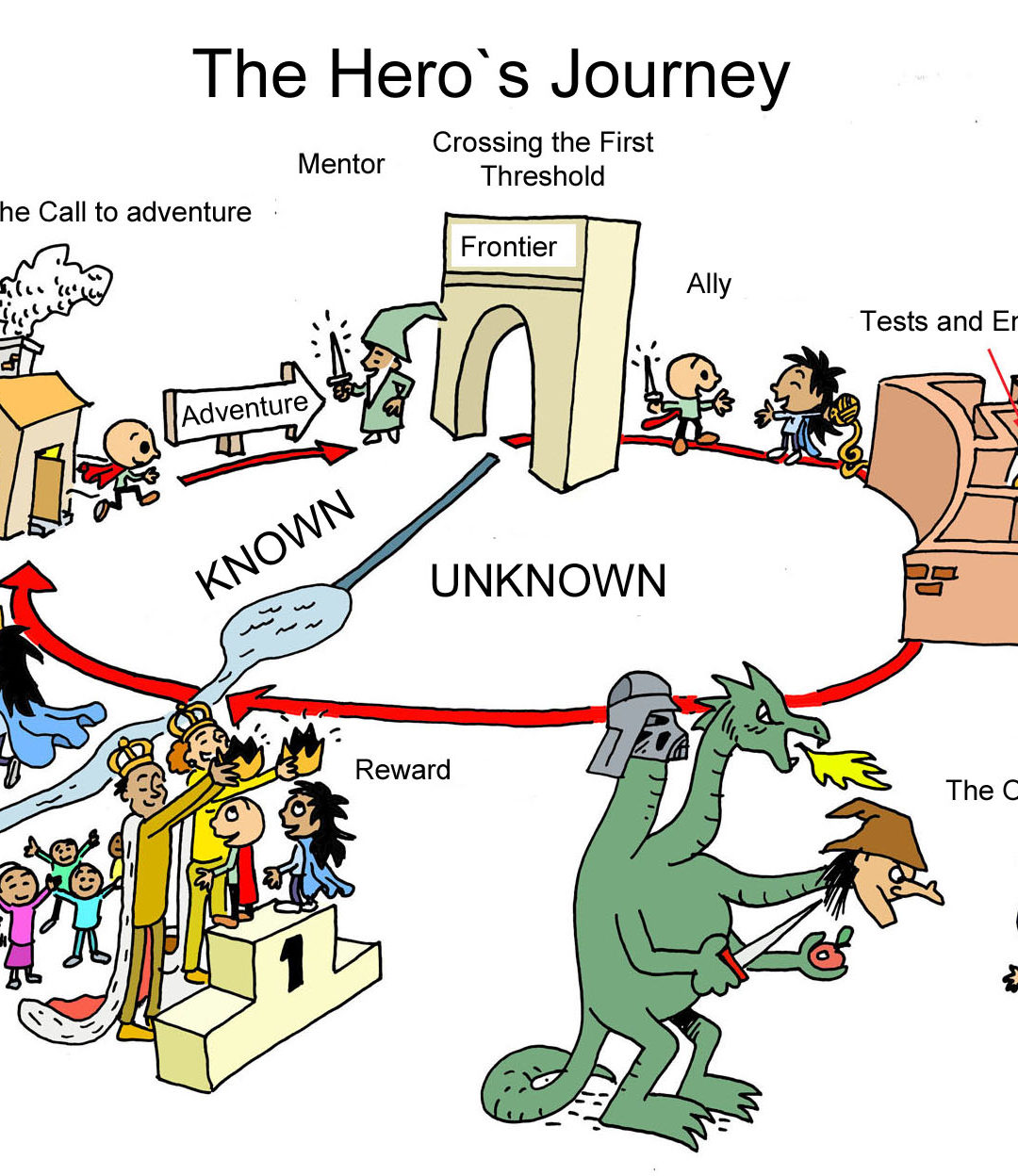
by Sarah Chauncey | May 11, 2017 | Memoir, Nonfiction, Resonant Storytelling, Writing
Coming soon! A worksheet and course on characterization in nonfiction and memoir. To make sure you’re notified when these resources become available, please subscribe to the Resonant Storytelling Substack. I’ve written about engaging the senses to bring your...

by Sarah Chauncey | Feb 9, 2017 | Resonant Storytelling, Writing
Language is symbolic. Words can’t possibly capture the essence of the person, place or thing they represent. That’s why people abuse adjectives and adverbs, to try and convey a noun or verb more precisely. But the word “cat,” for example, is...

by Sarah Chauncey | Jan 25, 2017 | Counterintuitive Guide to Life, Creativity, LOIF, Memoir, Mindfulness, Nonfiction, Resonant Storytelling
One of the foundations of inner peace for me is realizing that I am not my thoughts. In order to do that, though—and this is pretty much the core of everything I practice and write about—I had to learn to observe my thoughts, to recognize that the thoughts exist on...

by Sarah Chauncey | Jan 18, 2017 | Counterintuitive Guide to Life, Memoir, Nonfiction, Resonant Storytelling, Writing
Nearly every blockbuster movie of the past 40 years (and possibly before that) has been deliberately structured around something called the “monomyth,” also known as the Hero’s Journey. Star Wars. The Matrix. The Lion King. So were Dan Millman’s book The Way of the...

by Sarah Chauncey | Sep 9, 2016 | Counterintuitive Guide to Life, Memoir, Nonfiction, Resonant Storytelling, Spirituality, Writing
A while back, I wondered about the origins of the phrase “woo-woo” (often shortened, including by me, as “woo”). In my mind, I heard the sound produced by a theremin—an instrument used to create ‘outer space’ sound effects for 1950s and 1960s sci-fi movies—and in the...






